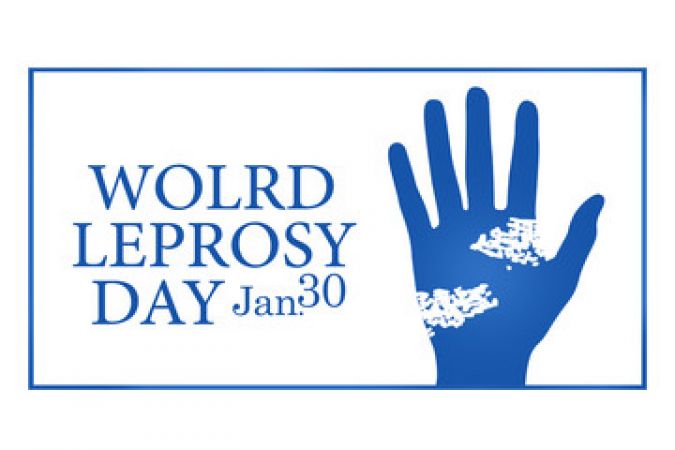
Every year on the 30th of January World Leprosy Day is been celebrated. This significant day coincides with the death anniversary of Mahatma Gandhi, who passed away on that day in the year 1948. Mahatma Gandhi worked readily to help those who were affected with the disease. World Leprosy Day aims to spread awareness about the disease, the impact of inequity and social stigma attached to it and how these negative effects hamper the efforts to stop the spread of the disease. It is important to highlight that leprosy can be cured with certain medications if diagnosed in early stages. This year the theme of World Leprosy Day 2019 is ending discrimination, stigma and prejudice attached to the disease.
What is leprosy?
Leprosy is also called the Hansen disease. The disease is caused by the bacteria called Mycobacterium leprae and is contagious. This chronic disease can be passed on from one person to another or even by breathing airborne droplets from the affected individuals. Even cough and sneezes, or coming into contact with the affected individual nasal fluids could lead to leprosy. The infection can be contracted at any age.
However The disease affects not only the skin, but also the peripheral nerves, mucosa of the upper respiratory tract and the eyes. If left untreated, leprosy can lead to muscle weakness, significant disability, disfigurement, permanent nerve damage in the arms and legs and even loss of sensation in the body.
Risk factors for leprosy:
The largest risk factor for leprosy is contact with another person who is infected with Mycobacterium leprae. Even malnutrition plays a part in developing leprosy. Individuals who live with poor conditions such as inadequate bedding and contaminated water are also at a higher risk of the disease.
How is leprosy treated?
While WHO developed a multidrug therapy in 1995 to cure all types of leprosy. The drug is available free of cost all over the world. There are some other antibiotics as well that treat leprosy by killing the bacteria that causes the disease.
also read Rohit Sharma has a great opportunity to create history against Newzealand
Supreme Court warns Karti Chidambaram not to “play around with law”